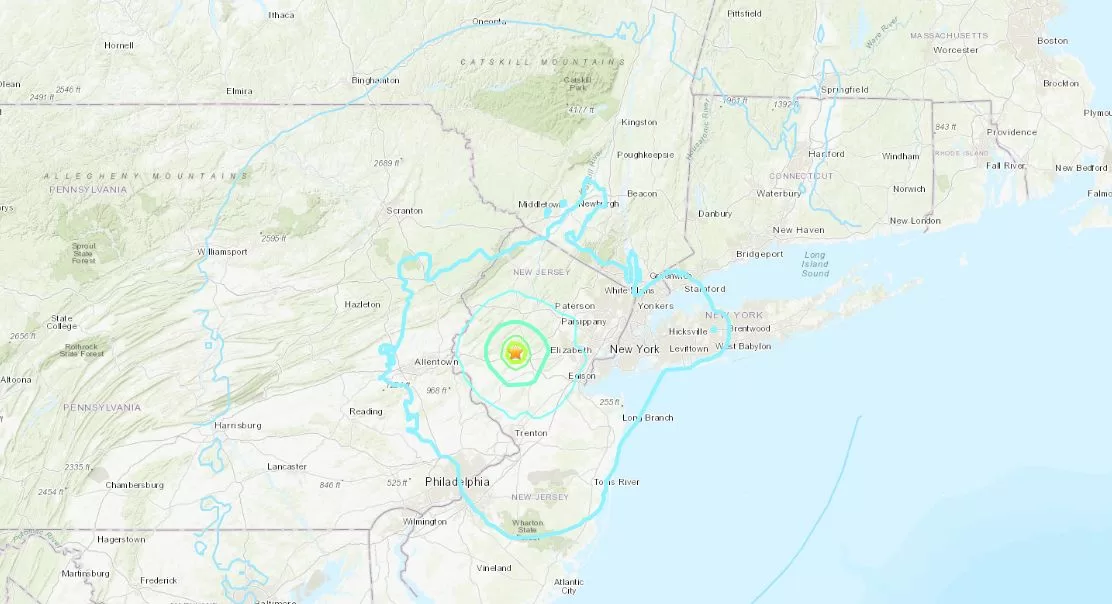Americans increasingly turned to their credit cards to make ends meet heading into the summer, leaving balances of more than $1 trillion accumulated for the first time, the New York Federal Reserve reported Tuesday.
Total credit card debt increased $45 billion in the April-June period, an increase of more than 4%. That brought the total amount owed to $1.03 trillion, the highest gross value in Fed data since 2003.
The rise in the category was the most notable area, as total household debt rose by nearly $16 billion to $17.06 trillion, also a new record.
“Household budgets have benefited from excess savings and pandemic-related debt forbearance over the past three years, but the remnants of those benefits are coming to an end,” said Elizabeth Renter, a data analyst at the personal finance site NerdWallet. “Credit card delinquencies continue to trend upward, a growing sign that consumers are feeling the pinch of higher prices and lower savings balances than they were a few years ago.”
As card usage increased, so did the delinquency rate.
The Fed’s measure of credit card debt 30 or more days late rose to 7.2% in the second quarter, up from 6.5% in the first quarter and the highest rate since the first quarter of 2012, although close to normalcy in the long run, central bank officials said. Total debt delinquencies rose to 3.18% from 3%.
“Credit card balances experienced strong growth in the second quarter,” said Joelle Scally, regional economic director for the New York Federal Reserve’s Division of Household and Public Policy Research. “And while delinquency rates have increased, they appear to have normalized to pre-pandemic levels.”
A late payment on credit cards can bring additional charges and take a hit to your credit score. To see more from Telemundo, visit
Fed researchers say the increase in balances reflects both inflationary pressures and higher levels of consumption.
On the subject of inflation, household income adjusted for inflation and taxes is 9.1% below what it was in April 2020, putting additional pressure on consumers, according to SMB Nikko Securities.
“This is a problem because the sustainability of consumer debt in the pandemic was based in part on the steady increase in their income,” said Troy Ludtka, senior US economist at SMB Nikko. “Instead, the opposite has happened, and now the rate at which borrowers fall behind on their debt payments has returned to pre-COVID-19 levels. This could be the newest challenge facing embattled commercial banks.”
The central bank also said demand for card issuance has fallen, which has come along with banks saying credit standards are tightening.
Debt in other categories showed only modest changes. Newly originated mortgages rose $393 billion, though total mortgage debt dropped to just over $12 trillion. Auto loans increased by $20 billion to $1.58 trillion and student loans decreased to $1.57 trillion before the payment moratorium was lifted.





